Post by ferrari512s on May 26, 2014 22:59:09 GMT -5

There are plenty of wealthy celebrities in the world paying top dollar to have hopped-up musclecars and hot rods built for them, filling garages and warehouses with their automotive jewelry. However, the sad fact is that often the cars are either hardly driven or sold soon after the build process. Sure, there are some exceptions to that statement, given the likes of the inimitable Jay Leno or ZZ Top's Billy Gibbons to name two. But often celebrity car modification amounts to little more than a tiresome exercise in fashion accessorizing.
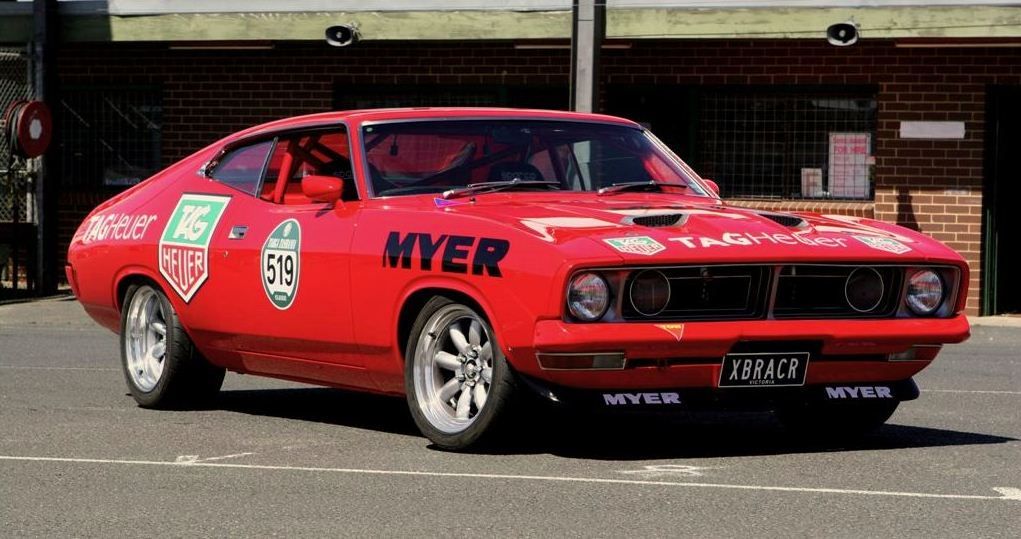
The same cannot be said for Australian actor Eric Bana (Black Hawk Down, Hulk, Troy, Munich, and the soon-to-be-released Lucky You), who has owned this '73 Ford Falcon coupe for the last 23 years. Even better, this XB two-door was his first car, bought at the tender age of 15. According to Eric, "It was originally a six-cylinder car with a single rail, and it was pretty tired.

To think that it was only nine years old at the time I bought it; it looked more like it was 40 years old." Eric himself still wonders why his dad let him buy the unloved coupe at the time. "Looking back, I would have been far better off saving my biccies and spending three grand on a coupe because I would have ended up with a beautifully straight GS or something instead, you know?"
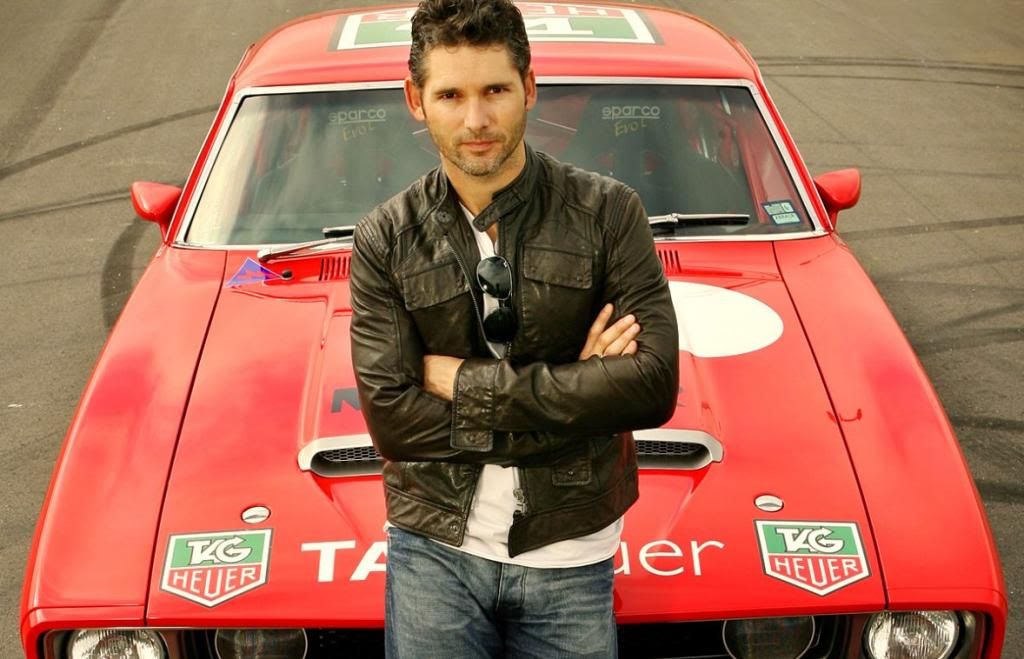
But buy it he did, kicking off a relationship that has lasted more than two decades through a relentless series of modifications and improvements that were undertaken as time, money, and necessity mandated, with necessity often coming in first place. Growing up in the western suburbs of Melbourne, Eric spent most of his Friday and Saturday nights hanging out at the famous Calder Park Raceway (where these photos were taken) watching the action on the dragstrip with his mates even before they had licenses. As Eric and friends started obtaining their buying cars, the watching turned into racing, and Eric was in the thick of it, running the beaten XB down the 1,320 in between making repairs and modifications with the help of his friends Tony Ramunno and Jack Vukoja.
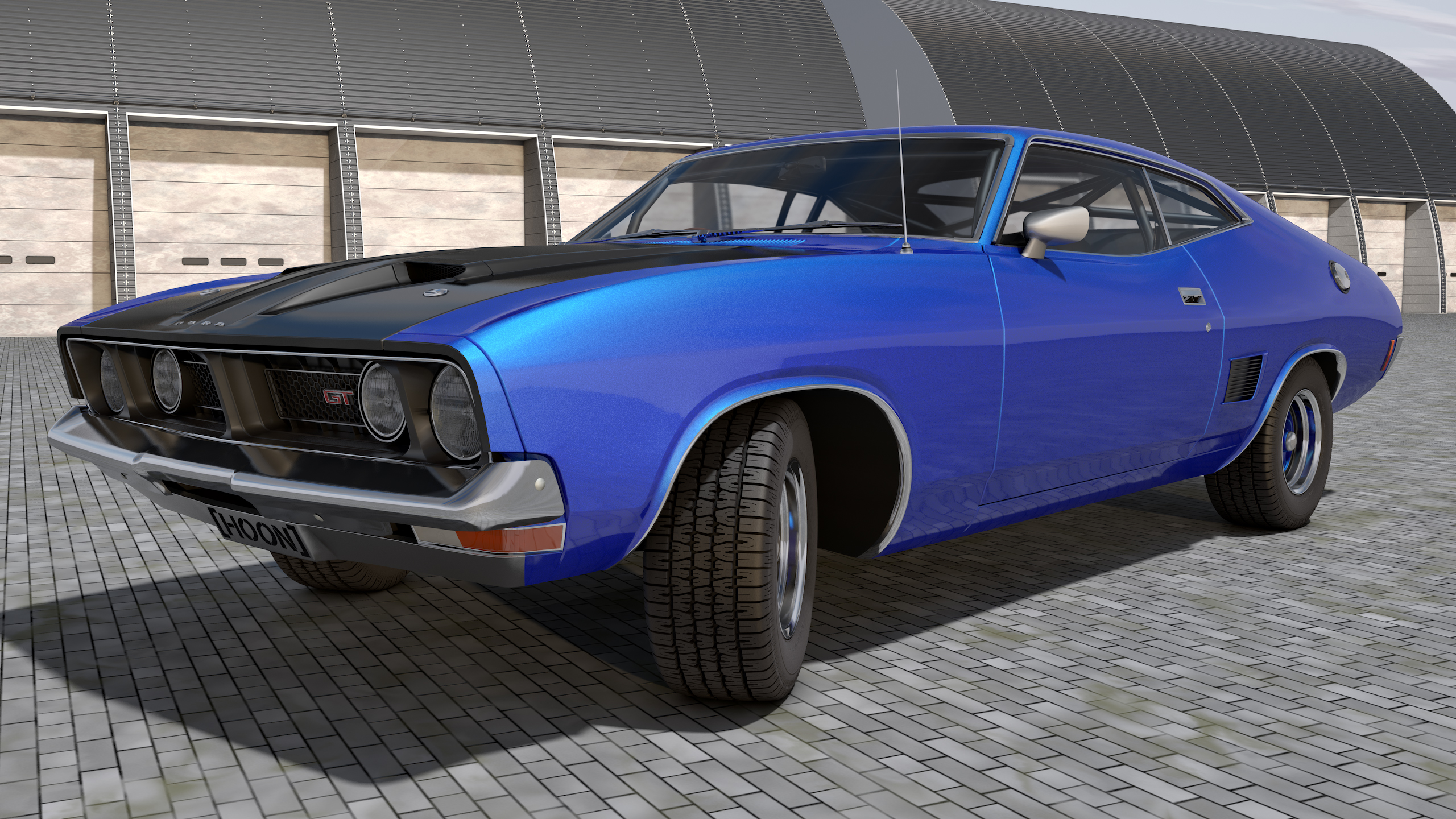
Eric says two things attracted him to the coupe's fat, muscular lines: the Mad Max Interceptor and the iconic '73-'74 Bathurst race cars that made a big impression on the 5-year-old as he watched them tear up Mount Panorama on TV. At 21, Eric got his racing license in hopes of pushing the Falcon into a few corners: "I just always wanted to race my whole life, but like most people, I didn't have the money for it. I could barely afford to put petrol in the Falcon. But I just kept my license paid up in the hope that one day I'd be able to afford to go racing, and then as soon as I could, I did."

That was in 1996, when Eric entered the Targa Tasmania tarmac rally where he and his mates "kind of cobbled the car together" before navigating the challenging road course and finishing an impressive Third in his class. By then, the tarmac-rally bug had truly bitten, and there was no turning back for the then-white Ford. This story probably would be far more advanced had it not been for the escalating success of Eric's acting career; it wasn't until early in the new century that he got to race the Ford again.
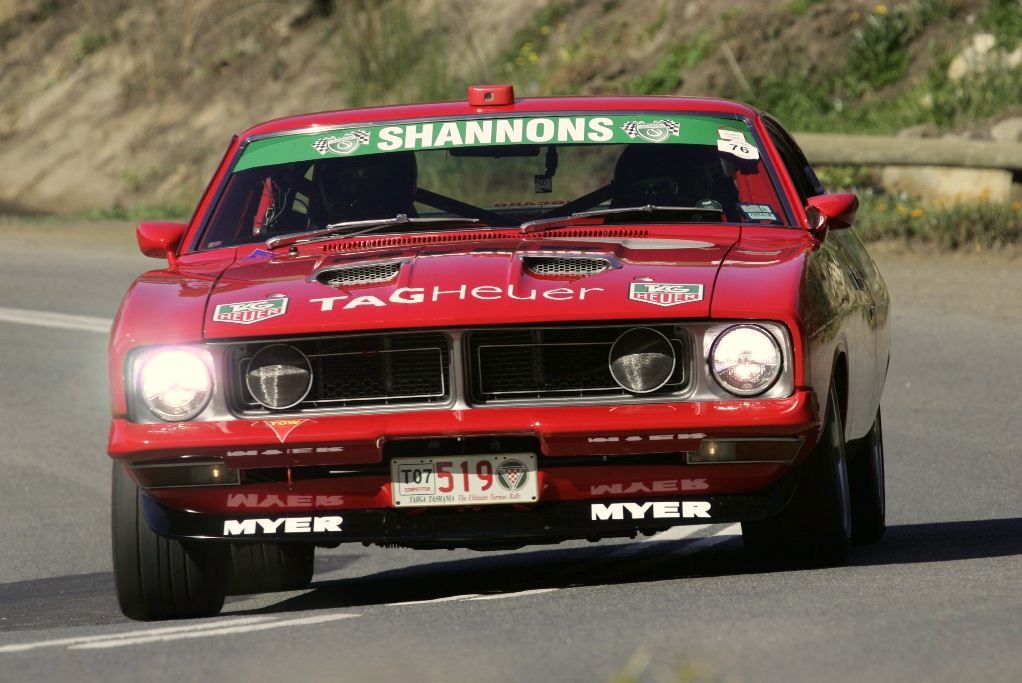
It isn't just the Blue Oval machines that get Eric's blood pumping, however. Despite growing up in a Ford family, Eric found a love for German engineering, punting a Porsche 944 and a 3.3L turbo GT2 replica around Victorian racetracks in the Marque Sports series-good for practicing your race craft and also good for sourcing parts and suspension ideas for your big, heavy, engine-forward musclecar. Enter Steve Tupek, a guy who normally spends his time doing serious restoration work on vintage Rolls-Royce and Mercedes-Benz metal for wealthy, Australian entrepreneur Lindsay Fox.
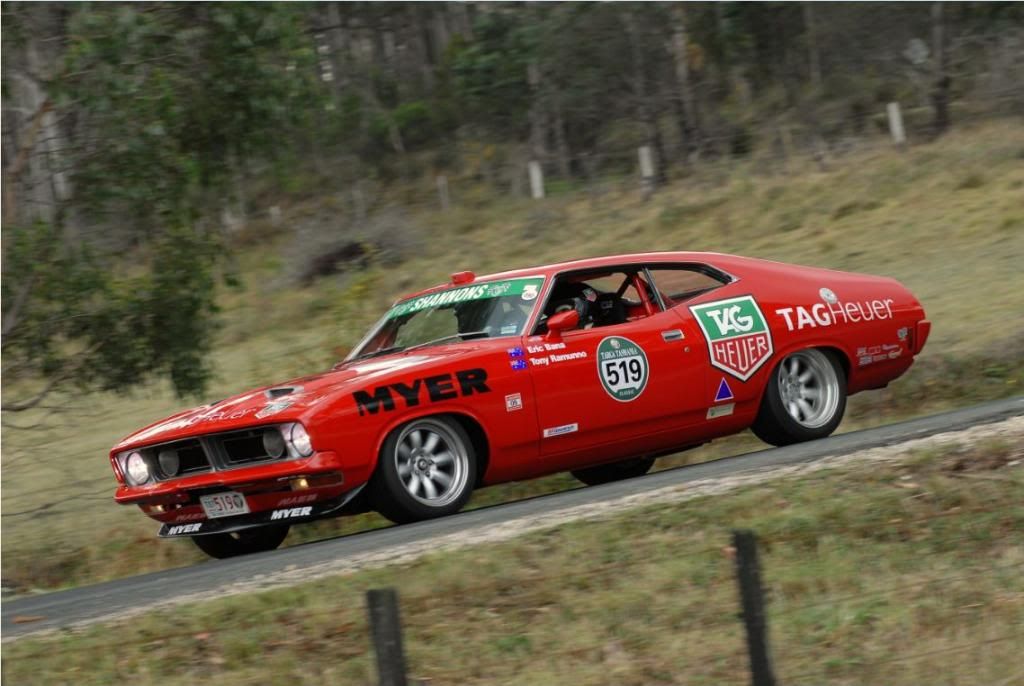
Eric met Steve through racing Porsches, and the pair hooked up with a view to giving Eric's '73 a simple respray. With the car in Steve's workshop, it was soon apparent that a simple respray was to be the catalyst for something far larger than anyone involved could have ever imagined. Says Eric, "The Falcon was in even worse shape than I thought it was. When Steve e-mailed me photos once the top layer of skin was peeled off, my jaw hit the ground."
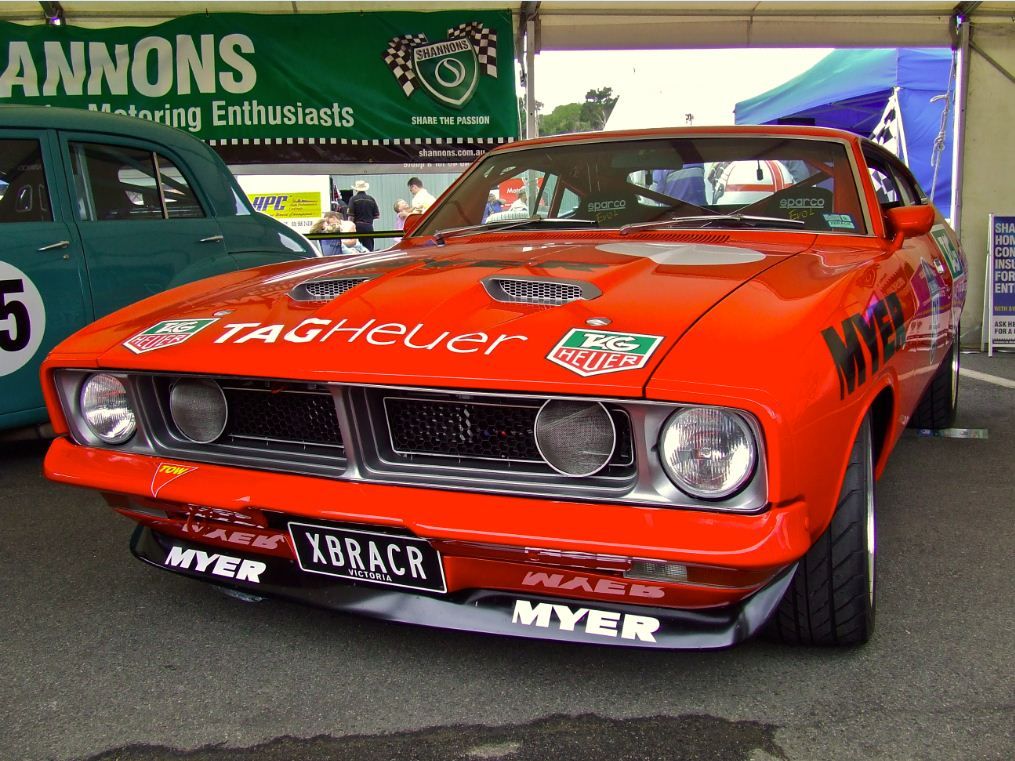
According to Steve, there wasn't much left of the original body. "The bonnet, both front guards, the doors, door pillars, sills, parcel tray, wheeltubs, lower quarters, rear-wheel arches, back panel, boot edges, and boot floor were completely rusted out. It really needed a new shell." A new shell wasn't in the cards however, as both Steve and Eric felt that Eric's history with the car would be lost by using an entirely new shell.
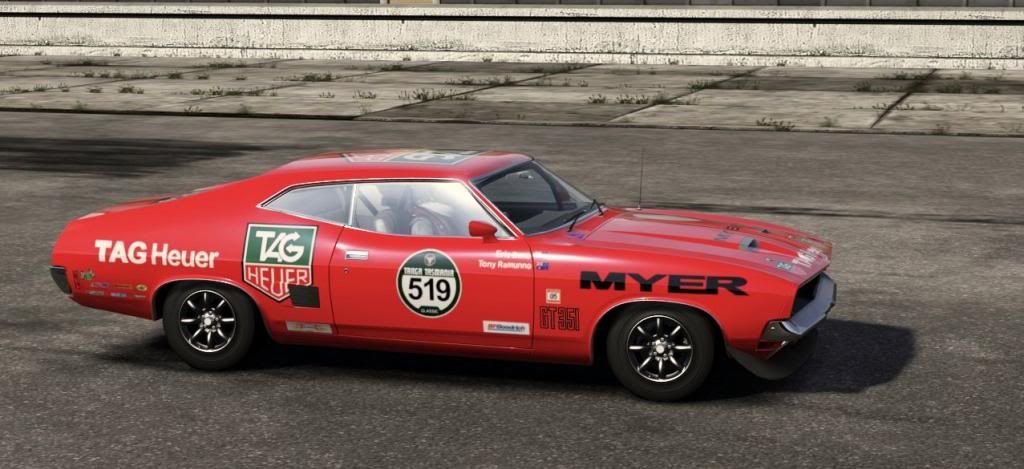
So, with the goal set, Steve went to work fabricating new body parts, also calling on another of Lindsay Fox's metalwork maestros, Brian Tanti, who worked his magic fabricating entirely new pieces to look factory. In all, Steve put more than 800 hours into the bodywork alone, and the result makes Eric's coupe easily one of the finest examples of the marque. While the Falcon is more a result of its 23 years of continued evolution, it is this latest 18-month, ground-up rebuild that sees it looking and driving the way it does now; and it goes a lot deeper than the 800-hour full-body massage, with the entire build taking around 3,000 hours.

Motorvation comes thanks to a John Sidney Racing-built 400ci stroker Windsor small-block protected by a serious dry-sump oil system (sourced from a Dick Johnson Racing V-8 supercar) to prevent another nasty engine failure under heavy cornering load, as was the fate of an expensive race motor that momentarily resided between the XB's shock towers. Thankfully, the top end of the first motor was salvageable, and the ported Brodix heads, Edelbrock Victor Jr. intake manifold, and Holley HP-series 830-cfm 4150 carb top the new stroker bottom end.
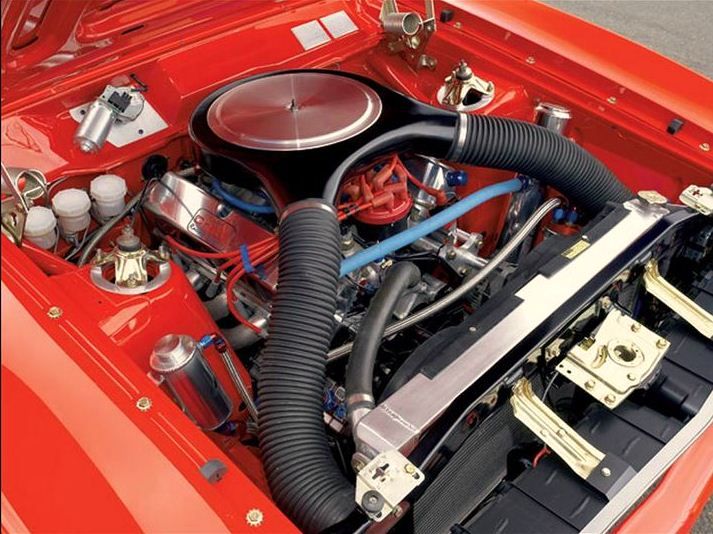
There are a lot of trick details in this luscious red Falcon that you won't see or potentially even notice when you look hard, and it's these details that make Eric's car so special. For instance, running down either side of the car are channels that have been hand-fabricated into the floors and under which run the lines for fuel and the dry-sump setup. These are to make the underside of the car as clean as possible, getting relatively fragile parts up and out of harm's way should Eric take an off-road excursion.
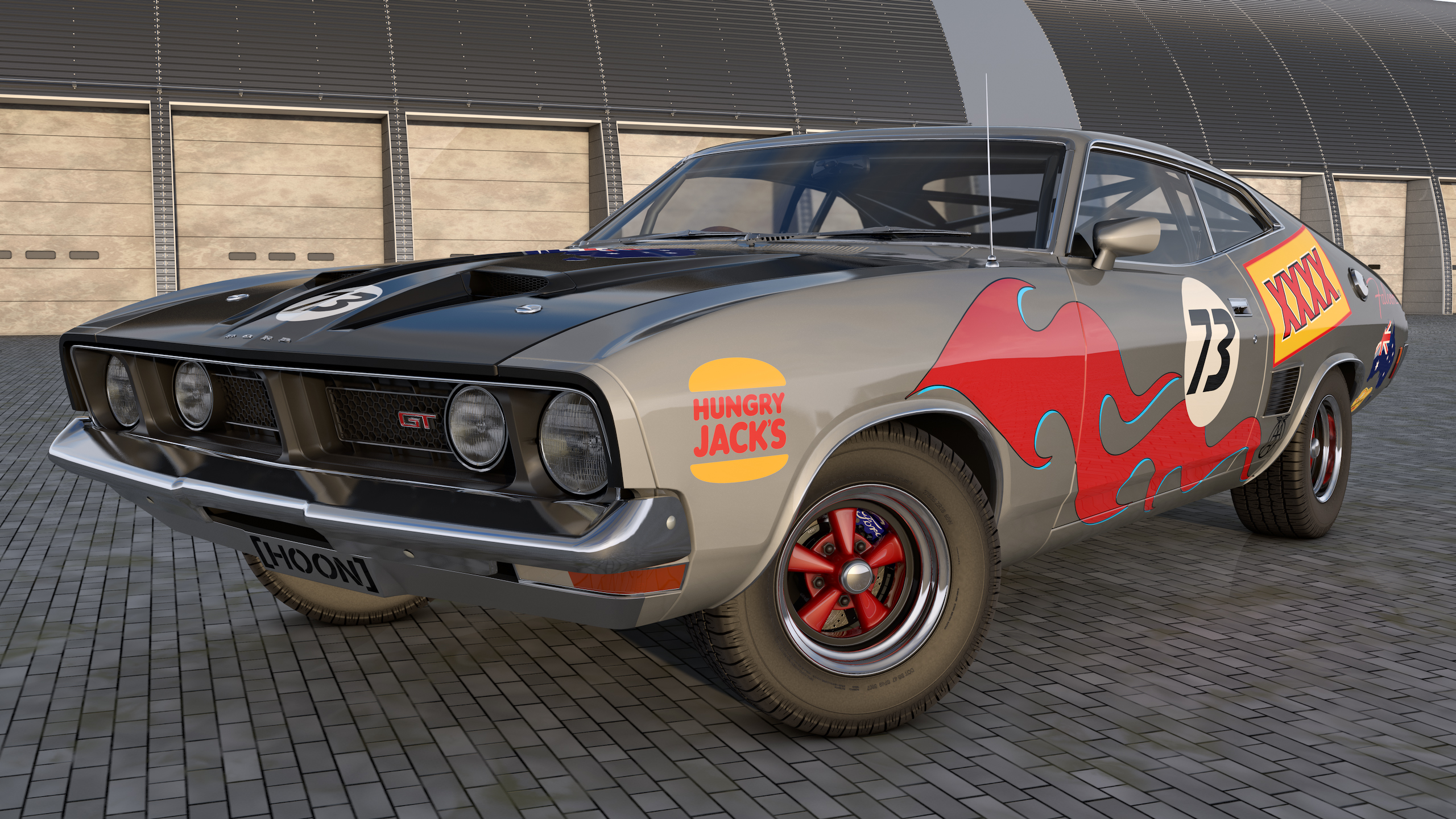
It's a similar story inside the car. Every flammable surface has been removed, with the floor and roof all smoothed and painted to a similar standard as the exterior panels. All the wiring was torn out and redone from scratch, both to minimize the amount of cabling and to replace the spaghetti of old and potentially hazardous wires.
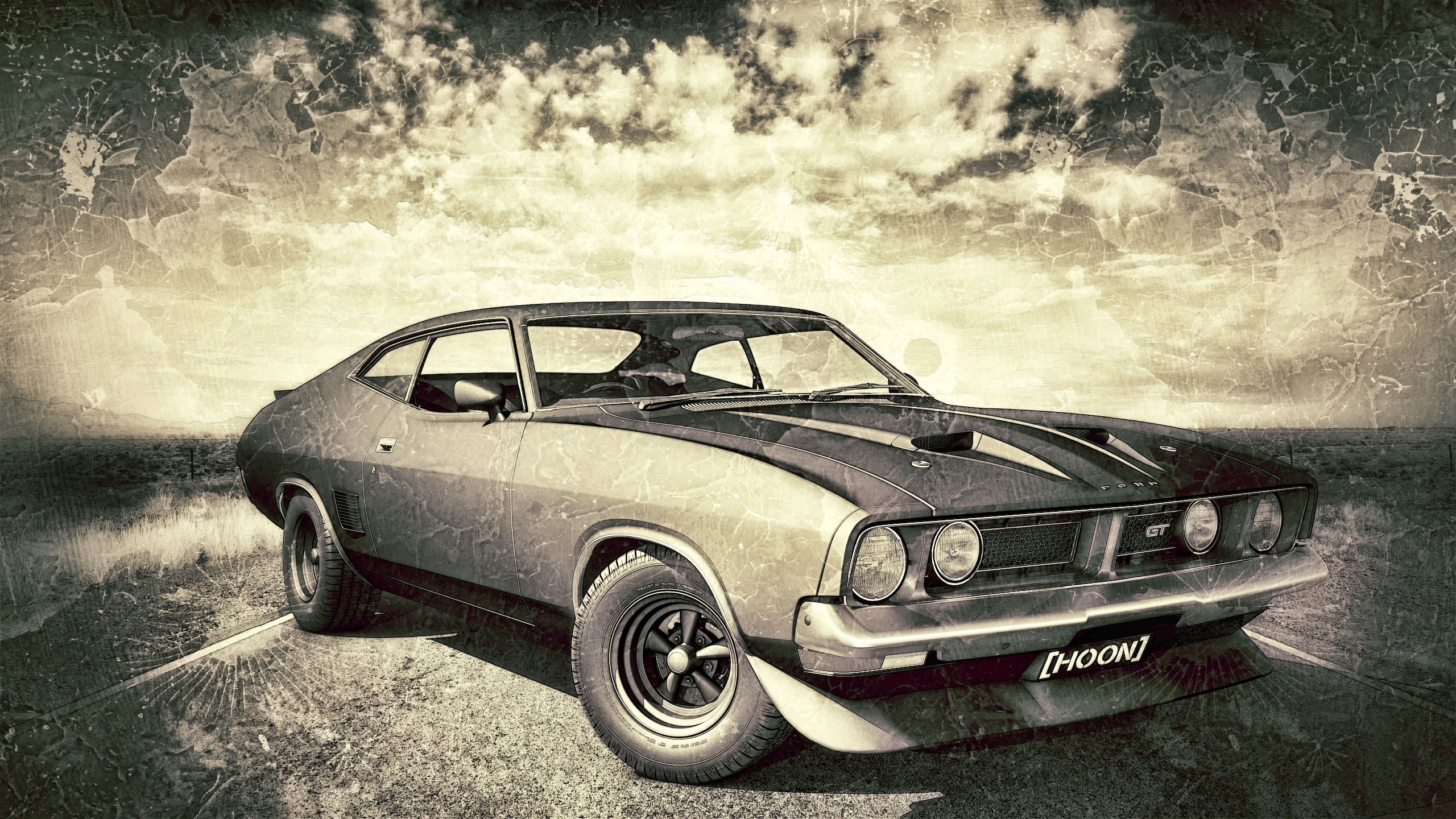

Source
www.hotrod.com/featuredvehicles/hrdp_0704_1973_xb_ford_falcon_coupe/viewall.html

Hot Wheels 1973 Ford Falcon
Mattel finally decided to release this Ford Falcon model in 2010. Here are some of the releases.
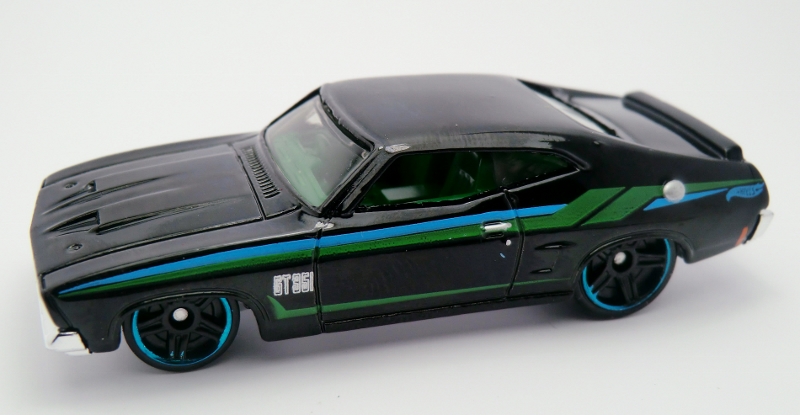

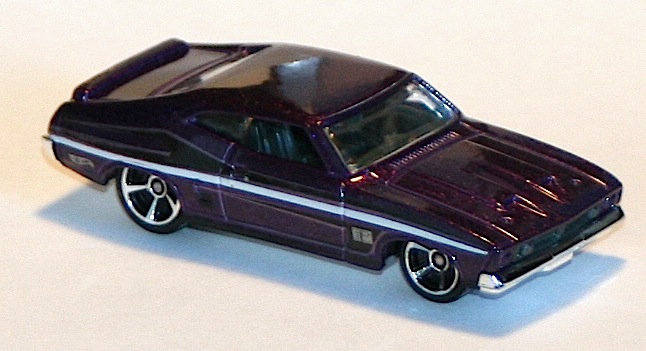
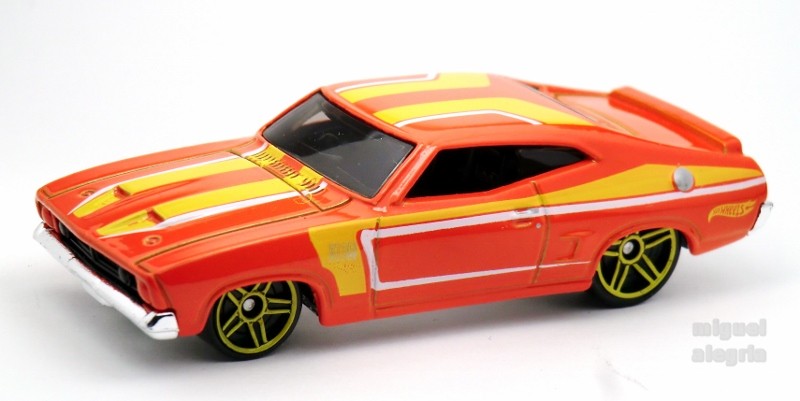
Some artwork on this model...


Courtesy of Mattel


